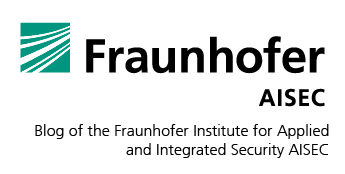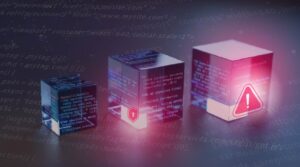The cybersecurity blog goes live: Fraunhofer AISEC’s new blog is presenting exciting topics from the IT security research world in a new format: Expect fascinating content from the areas of trusted AI, trusted electronics, quantum computing and much more.
The mega-trend of digitalization is becoming increasingly important to both the economy and society. Networked infrastructures and sensitive data need to be protected, while attacks by cybercriminals must be detected and prevented. More than 100 experts at the Fraunhofer Institute for Applied and Integrated Security AISEC are developing cybersecurity concepts and solutions that are necessary to achieve this. This blog will provide you with a personal insight into their scientific work and projects. You can discover exciting stories, new scientific findings or solutions to specific problems. Learn more about the everyday work of applied cybersecurity research. We can guarantee one thing: Each and every contribution will be innovative. We hope you enjoy reading.
Your blog editors








